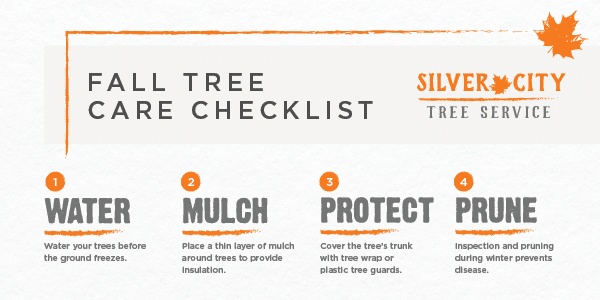Protecting Your Landscape: Replanting After Tree Elimination
Protecting Your Landscape: Replanting After Tree Elimination
Blog Article
go source -Goldstein Cook
Tree removal can leave a space in your landscape that needs dental filling. You can grow something new because space, yet it takes extra treatment and focus at the beginning to help it grow.
The dirt in that location will certainly keep transforming in time as bacteria break down the old roots. That can affect the nutrition balance and physical room for new development.
Dirt
The soil in a story where a tree has actually been eliminated is most likely to be very different from the rest of your yard or lawn. arborist consultation of the old tree and the stump will have altered the dirt, getting rid of some nutrients and potentially crowding out various other plants. On top of that, if the previous tree was infected, the transmittable representative might still be in the ground.
The existence of origins promotes a rich and diverse community of dirt microbes that enhances crucial processes like vitamins and mineral biking and organic matter decay. Without these bacteria, the displaced dirt can come to be less productive and nutrient-depleted, with an unfavorable influence on plant development.
Before replanting, the dirt must be removed of debris and natural material (such as wood chips from stump grinding). You may desire to mix in potting dirt or indigenous dust with this compost to supply your brand-new planting with an atmosphere that is well balanced and packed with nutrients.
Water
Tree origins take in huge amounts of water from the soil. This process additionally adds nutrients back to the dirt, specifically nitrogen, which is essential for brand-new trees and plants. Sadly, old dirt can be diminished of these essential minerals as a result of the rotting roots and stump from an eliminated tree.
This is why it is very important to have a plan for the future of your landscape. Ideally, the most effective time to plant is when you have a fresh start.
Whether you're growing yard or flowers, make sure to make use of a soaker hose pipe to avoid overwatering your new landscape design. If the location was a garden, make certain to cover the soil with natural mulch to aid maintain wetness in the soil, regulate soil temperature levels and suppress weeds. This additionally supplies a layer of security for young plants and promotes worm activity. After that, on a regular basis restore the compost to continue improving the soil nutrient density and microbial life. This is referred to as soil remediation.
Light
Trees are a wonderful addition to any landscape, giving color, aesthetic pulchritude, and lots of other advantages. However, often trees become unpleasant because of a range of factors, consisting of illness, insect problems and natural aging.
In such cases, it may be necessary to eliminate a tree. It is necessary to take into consideration the value of a particular tree in your landscaping and take the appropriate steps to make certain that the elimination is done securely and effectively.
Throughout the late summertime, it's an optimal time to carry out maintenance and examinations on existing trees. Seek indications of condition, insect problems, or architectural damages, as well as any prospective risks such as weakened or leaning trees.
Prior to beginning any building and construction projects, make sure to shield the origin zones of existing trees by preventing soil compaction and rating around them. Organic matter, as it breaks down, can produce noxious gases that are damaging to the roots of a tree. It's likewise a great idea to mulch the location around a tree after construction has actually finished to preserve wetness and reduce weed growth.
Temperature
Trees are very important to a landscape for their aesthetic appeal, yet they likewise play an essential role in the local ecosystem by offering color and windbreaks. They support wild animals environments and reduce the quantity of co2 in the air, which can add to international warming. This is why it is a good idea to replant trees after getting rid of one from the home.
When replanting a brand-new tree in the place of a previous stump, the dirt might not have adequate nutrients to sustain it. It is best to await a year prior to growing to guarantee that the dirt will be rich in nutrients.
To make certain that replanted trees thrive, it is important to offer them with correct treatment. A layer of compost will keep dirt dampness from vaporizing, regulate soil temperature, and aid subdue weeds. Organic compost is the favored choice since it boosts dirt fertility. Recurring fertilizing and bug control are additionally crucial for replanted trees.